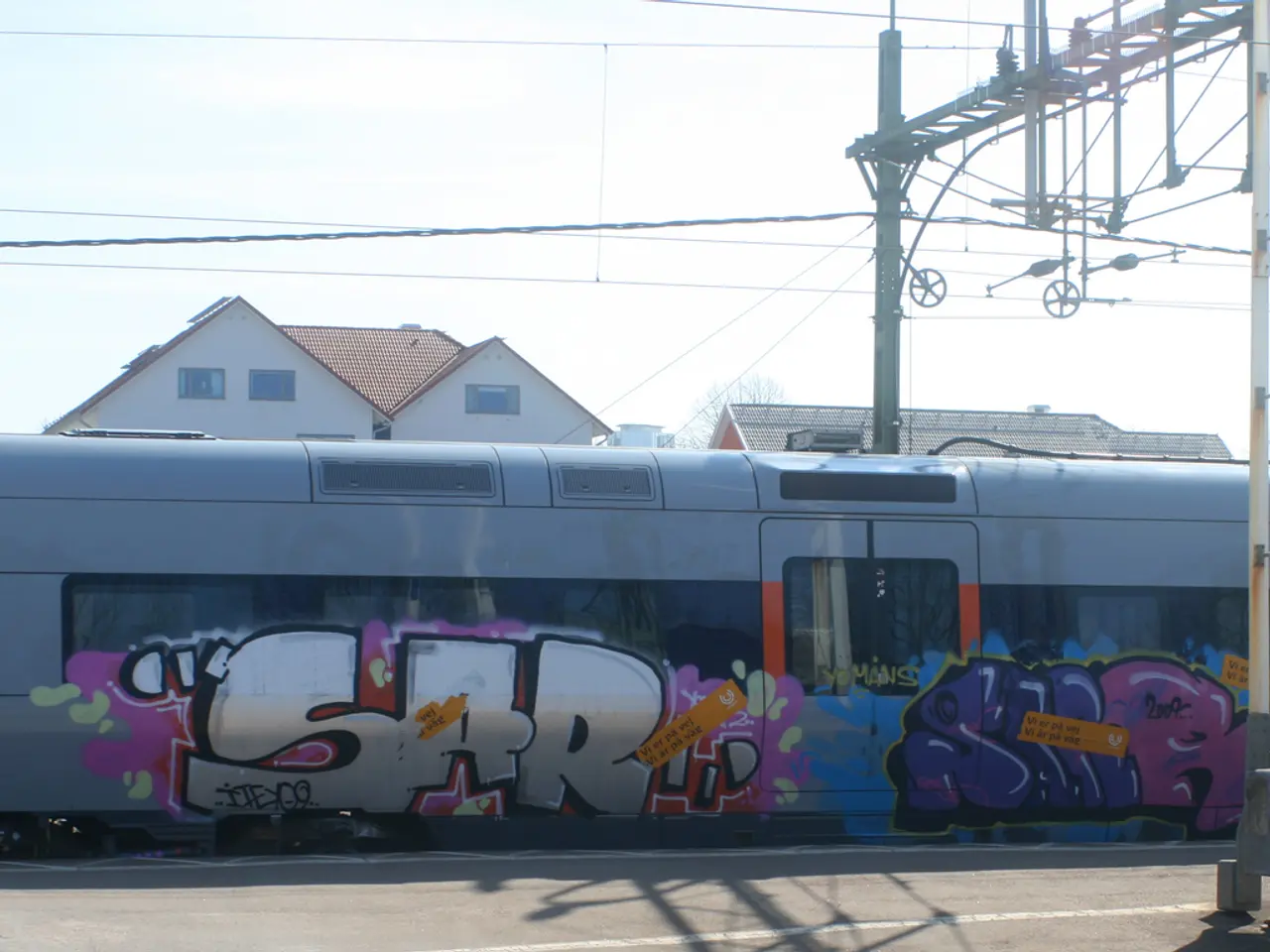Subway Disruptions Plague Berlin Passengers Daily: Examining the Cause
Berlin, Germany - Berlin's city railway network, a crucial artery for the city's commuters, experienced disruptions on Tuesday due to a faulty signal box at Friedrichstraße. The issue, which was not caused by S-Bahn Berlin GmbH but by DB InfraGO, responsible for the railway infrastructure, has been causing concern among S-Bahn employees due to the frequent infrastructure disruptions on the city railway in recent months.
The signal box, an older infrastructure element, has been prone to malfunctions and outages. This critical control point, which manages S-Bahn traffic through one of Berlin’s busiest and most central stations, has been a source of technical and operational issues. When problems occur, they can cascade quickly, leading to delays and service interruptions across multiple lines on the city railway network.
The malfunction was due to a defective component in the electronic signal box. During a failure, trains can only run on command, with individual permission from the control center. This manual control ties up personnel and significantly reduces track capacity, causing delays and cancellations.
The Rail Clearance System in the area is "totally faulty" and frequently fails, which is crucial for safety as it signifies whether a train is present on the track or if the area is clear. This system's malfunctions have added to the disruptions, causing further inconvenience for passengers.
The S7 line was affected the most, as all other routes were shortened and ended earlier. Affected S-Bahn lines included S3, S5, S7, S75, and S9, causing significant disruption to the city railway, which crosses Berlin from east to west, and affecting many travellers.
DB InfraGO is aware of the problem but sees no short-term solution due to lack of funds. The S-Bahn network within the railway company does not have the highest priority in terms of availability requirements, which has been a point of contention among passengers and employees.
Despite these challenges, the S-Bahn control center has been working diligently to maintain reasonable operation, albeit with frequent failures inconveniencing customers. The Hackescher Markt S-Bahn station, in particular, has been particularly affected, with certain signals failing several times, especially early in the morning during the rush hour.
The repair was completed by midday, and operations gradually returned to normal. However, the resentment among the S-Bahn employees remains, as they deal with the ongoing challenges of managing Berlin's city railway network with aging technology and insufficient funding.
The signal box, a critical control point of a kind used in Berlin's city railway network, has been a source of technical and operational issues, often leading to disruptions in various public-transit lines such as S3, S5, S7, S75, and S9. The malfunctions in the Rail Clearance System, a financing-dependent element crucial for safety, have exacerbated the issue, causing further inconvenience for commuters in the finance industry.




